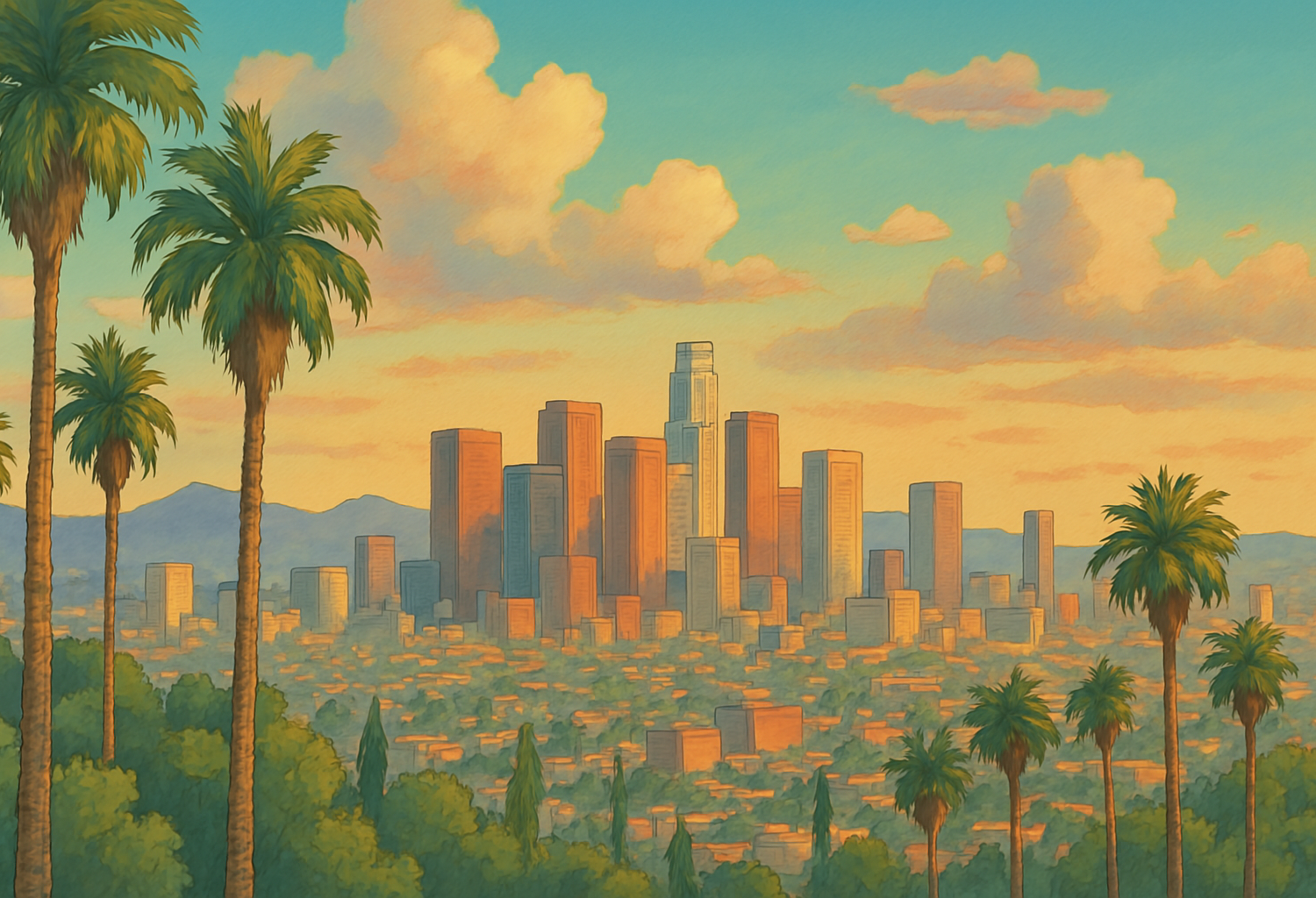In recent days, the feeds of Instagram, TikTok and X (formerly Twitter) have turned into a hand-drawn parallel universe dominated by pastel colors and nostalgic atmospheres typical of Hayao Miyazaki’s films. The fault – or the credit – lies with artificial intelligence. More precisely, the new image generator built into ChatGPT, capable of turning any scene or face into a perfect Studio Ghibli-style illustration.
The phenomenon has literally exploded: Mike Tyson got “ghibified,” appearing in a “Ghost Dog”-style scene, Elon Musk put aside his criticism of OpenAI for a moment to join the trend, and even Sam Altman, CEO of OpenAI, changed his profile picture to an anime version of himself.
Every meme, every iconic movie scene, every well-known character has been reinterpreted with the big eyes and dreamscapes typical of Japanese animation. How it works is simple: users upload existing images to ChatGPT and ask the chatbot to recreate them with new styles, such as precisely the Ghibli style. And within seconds, the result is ready to be shared.
The trend quickly gained popularity, with users sharing “Ghibli-ified” versions of iconic images, such as the famous “Disaster Girl” meme or photos of pets transformed into characters from animated films. Even public figures, including OpenAI CEO Sam Altman, have participated, replacing their profile photos with Ghibli-style versions.
However, this fad has raised ethical and legal concerns. Many artists and fans argue that using AI tools to replicate the style of living artists or film studios may violate copyrights and diminish the value of human work. Hayao Miyazaki, co-founder of Studio Ghibli, has in the past expressed his disdain for the use of AI in animation, calling it “an insult to life itself.”
In response to criticism, OpenAI said it takes a conservative approach, refusing to generate images in the style of living artists without their consent. However, it does allow imitation of larger studio styles, such as that of Studio Ghibli, which has further fueled debate about intellectual property and ethics in AI-generated art.
The discussion intensified when the White House used an AI-generated Ghibli-style image for a controversial social media post about the detention of an undocumented immigrant. This incident raised questions about the appropriate use of AI-generated images in political and official contexts.
As technology continues to evolve, the debate over the use of artificial intelligence in art and popular culture remains heated. There is a clear need for a balance between technological innovation and respect for the creativity and rights of human artists.
The article Why social media is full of Studio Ghibli-style images comes from TheNewyorker.

